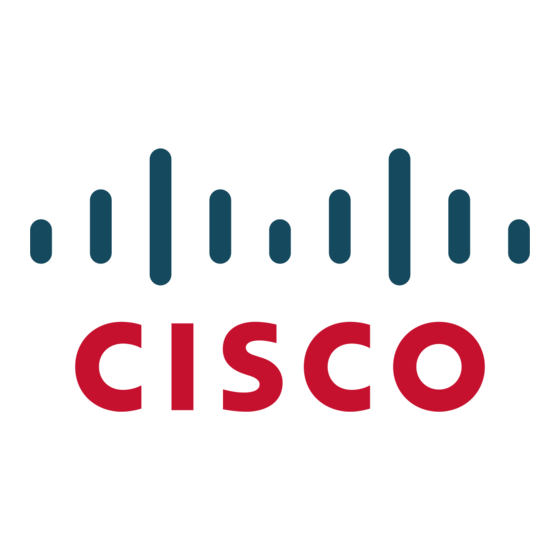Cisco TelePresence Video Systems
Contents
The System Configuration page on
the web interface
You open the web interface by entering your video conference
system's iP address in the address bar of a web browser; then
you sign in.
When signed in, you can open the System Configuration page
from the Configuration menu.
You can access all configuration settings from this page.
All settings are not available on all products; therefore the folders
shown to the right may or may not be present on your system.
You can find a complete description of the web interface and
the settings in the administrator guide for your system.
D14639.09 Video Systems Getting Started Guide TC6.1, April 2013.
Introduction
User interfaces
Configuration
The System configuration menu
the settings are arranged with the following top level categories:
•
Audio:
Settings for microphones, audio outputs, echo control, volume, sounds,
alerts, and more.
•
Cameras:
Settings for focus mode, brightness, whitebalance, backlight compen-
sation, options like flip and mirror, and more.
•
Conference:
Conference settings like transmit and receive bit rates, bandwidth
allocation, incoming call handling, encryption, packet loss resilience and far
end control.
•
Experimental:
experimental settings are likely to change in future releases.
they can be used 'as is' and are not fully documented.
•
FacilityService:
Setting up speed dial buttons for facility services, e.g. Helpdesk.
•
GPIO:
definition of the GPio pins.
•
H323:
All H.323 protocol settings.
•
Network:
iP, VlAN and QoS settings.
•
NetworkPort:
enable/disable the codec's second ethernet port.
•
NetworkServices:
HttP, HttPS, SNMP, H323, SiP and NtP.
•
Phonebook Server:
•
Provisioning:
Settings for provisioning mode, manager address and protocols
and methods.
•
RTP Port Range:
•
Security:
Settings for an audit server and error logging.
•
SerialPort:
enable/disable the serial port, and set its baud rate.
•
SIP:
All settings for the SiP protocol.
•
Standby:
Configure when the system should enter standby and how it should
behave when entering/leaving standby mode.
•
SystemUnit:
Settings like system name and type, and menu language selection.
•
Time:
date and time settings.
•
User Interface:
touch controller settings.
•
Video:
Settings for video sources and monitors, and video display set-up and
layout.
38
Getting Started Guide
Appendicies
Appendices
enable/disable the network services: Multiway, telnet, SSH,
Phonebook type and location.
rtP port numbers.
Copyright © 2010–2013 Cisco Systems, Inc. All rights reserved.
Contacts

